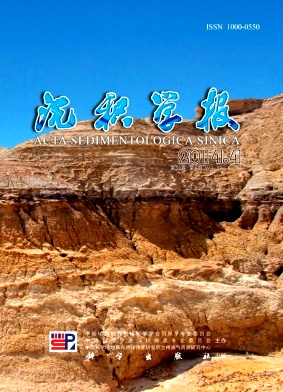Grain Size of Recent Sediments in the North of Changjiang Subaqueous Delta and Its Implication of Estuarine Hydrodynamics
- Publish Date: 2014-08-10
-
Key words:
- sediment declination /
- north branch /
- sensitive grain size population /
- marine dynamics
Abstract: The response of Changjiang delta to river sediment declination has attracted more and more attention in recent years. The present paper analyses radiometric 210Pb and 137Cs and grain size of the core on the north of the subaqueous delta and extracts sensitive grain size population, which help explore the response of the delta to channel regime evolution and river sediment declination. The radioactive nuclear results show mean sedimentation rate of 3.28 cm/yr for the whole core by 210Pb. This rate is much higher than 1.78~1.90 cm/yr by 137Cs for the upper core section (<104 cm), mainly because of different deposit environments in the two sections. Combined with the results of 210Pb, 137Cs and spherical carbon particle in the previous study, sedimentation rate of the upper core section is about 1.85 cm/yr. Grain size results show that from finer sediments with the same feature as surface sediments of mud region in the Changjiang estuary control the lower core section before 1954, which implies the northern boundary of mud region beyond this core at that time. The sediments become coarsening upward the core after 1954, which feature are close to shelf sediments. The above environmental change might be closely related to the block of north branch in the estuary after 1954, when it was away from influence of Changjiang freshwater and sediments became coarser due to reformation and join of continental material by marine dynamics. However, in terms of sediment composition, we did not find an obvious response to significant sediment supply decline of the Changjiang after 1980’s. Therefore, besides sediment supply declination, coarsening due to estuarine channel regime evolution might be a contributor to western retreat of clay-sand boundary off the Changjiang estuary in the recent studies.
| Citation: | Grain Size of Recent Sediments in the North of Changjiang Subaqueous Delta and Its Implication of Estuarine Hydrodynamics[J]. Acta Sedimentologica Sinica, 2014, 32(4): 692-699. |






 DownLoad:
DownLoad: